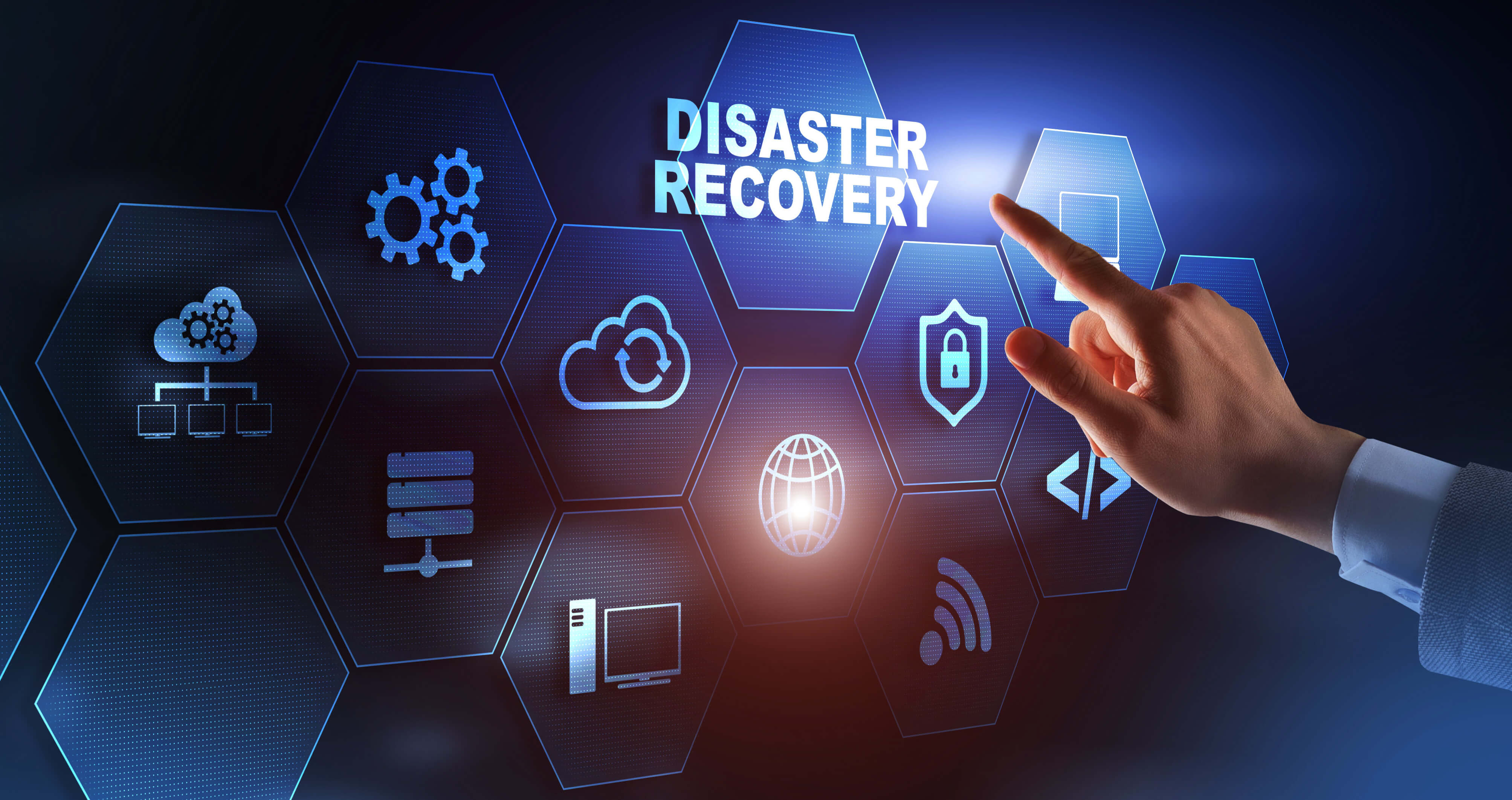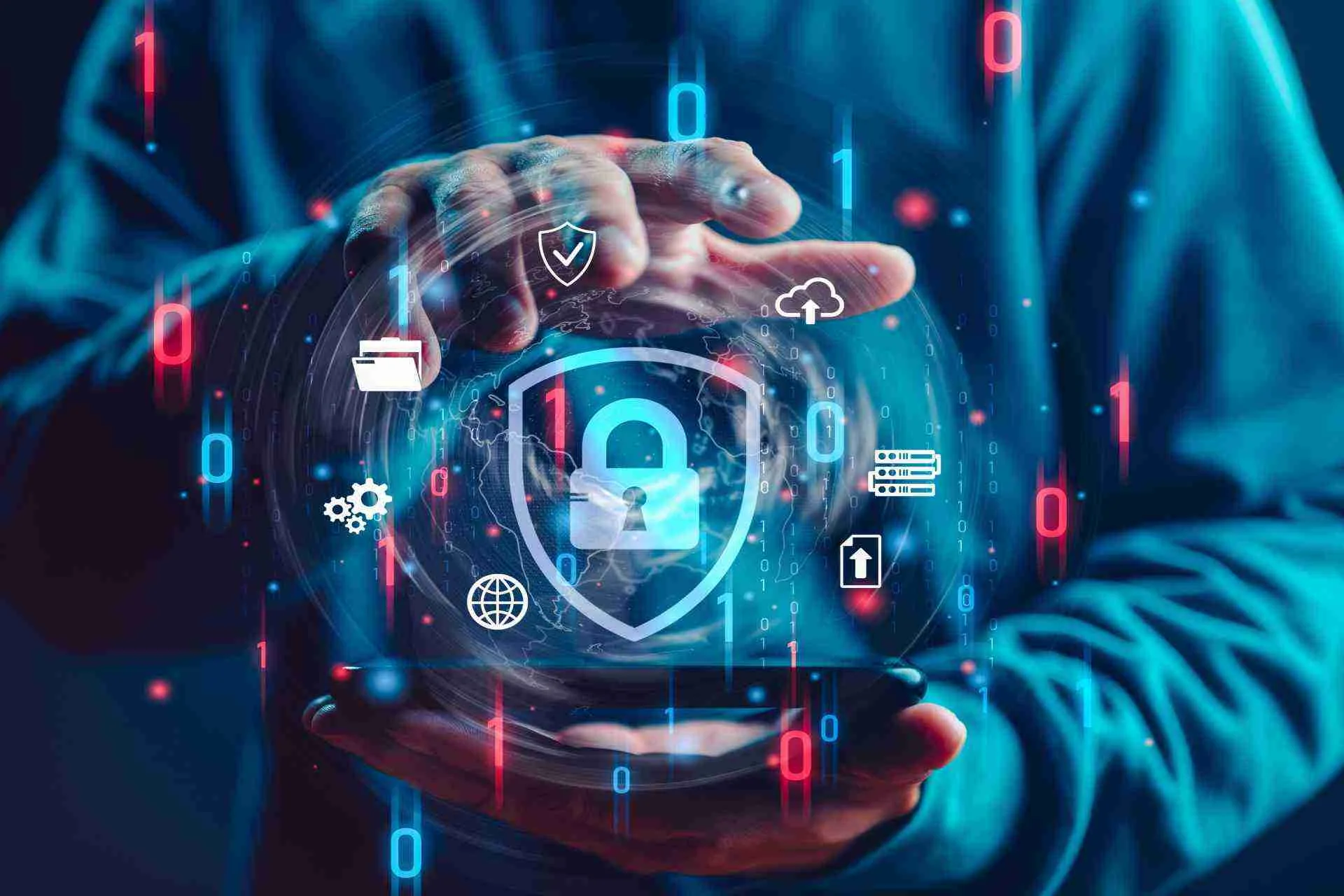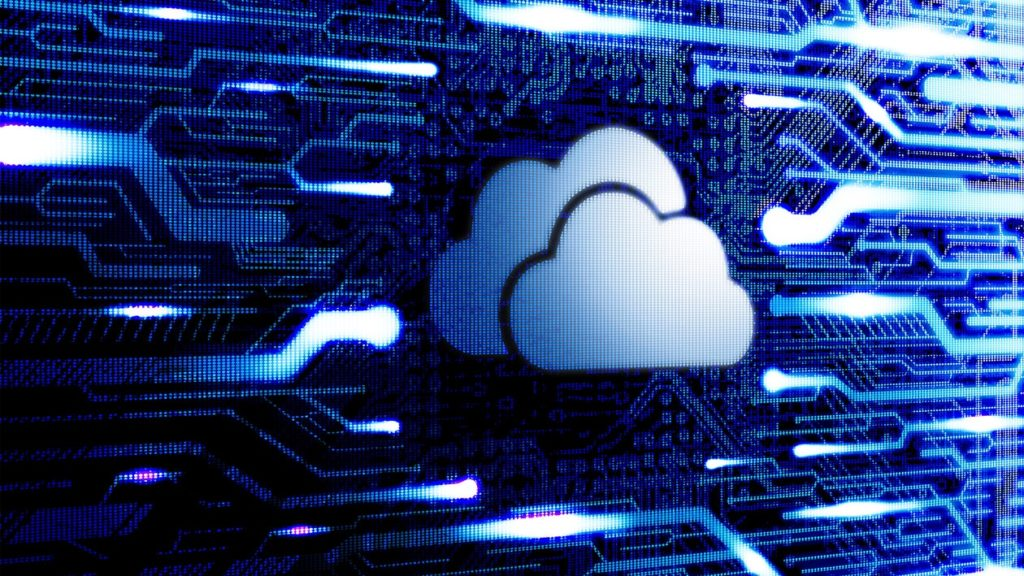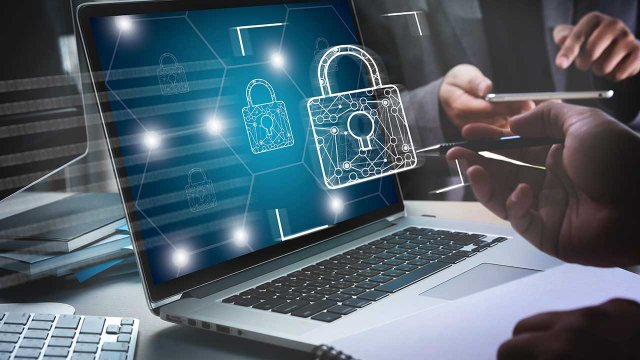Technologies and Strategies to Ensure Data Security During Remote Work
In recent years, telecommuting has become a common practice for many businesses. The COVID-19 pandemic accelerated this trend, leading numerous companies to adopt remote work to ensure operational continuity. However, this new work model poses significant challenges, particularly in terms of data security. It is essential for businesses to implement effective technologies and strategies to protect sensitive information and maintain a secure work environment. In this article, we will explore the best secure telecommuting solutions and how companies can use them to ensure data security during remote work.
The Importance of Security in Telecommuting
Telecommuting offers numerous benefits, including greater flexibility, time and cost savings, and improved work-life balance. However, working remotely also presents significant risks to the security of corporate data. Employees working from home may not have access to the same network protections available in the office, increasing the risk of cyberattacks, data breaches, and other security threats.
Therefore, businesses must take proactive measures to protect sensitive information and ensure that employees can work in a secure environment, regardless of their location. This requires a combination of advanced technologies, stringent corporate policies, and continuous staff training.
Technologies for Secure Telecommuting
1. VPN (Virtual Private Network)
A VPN is an essential tool for ensuring data security during telecommuting. It creates an encrypted connection between the employee’s device and the corporate network, preventing hackers from intercepting transmitted information. Companies should provide VPN access to all remote employees and ensure they use this connection for all work-related activities.
2. Two-Factor Authentication (2FA)
Two-factor authentication adds an extra layer of security to login processes. In addition to a password, it requires a second authentication factor, such as a code sent to the employee’s phone or an authentication app. This significantly reduces the risk of unauthorized access even if the password is compromised.
3. Mobile Device Management (MDM) Software
MDM software allows companies to manage and secure mobile devices used by employees for work. With MDM, businesses can enforce security policies, monitor device usage, and remotely wipe data if a device is lost or stolen.
4. Data Backup and Recovery Solutions
Regular backups are crucial for protecting corporate data from loss or ransomware attacks. Companies should implement automated backup solutions and ensure that data is securely stored and accessible for quick recovery in case of an emergency.
5. Secure Collaboration Tools
Collaboration and communication platforms, such as Microsoft Teams, Slack, and Zoom, must be configured with appropriate security settings. Businesses should choose tools that offer end-to-end encryption and permission management features to protect shared conversations and documents.
Strategies for Secure Telecommuting
1. Continuous Employee Training
Data security depends not only on technology but also on the people using it. Companies must provide continuous training to employees on how to recognize and prevent security threats, such as phishing, malware, and other social engineering techniques.
2. Stringent Security Policies
Corporate policies must be updated to reflect the new challenges of telecommuting. These policies should include guidelines on the safe use of public Wi-Fi networks, password management, the use of personal devices for work, and the protection of sensitive data.
3. Regular Monitoring and Audits
Continuous network activity monitoring and regular security audits help identify and respond quickly to any threats. Companies should implement monitoring solutions that provide real-time visibility into suspicious activities and anomalies.
4. Incident Response Plan
A well-defined incident response plan is essential for managing security breaches. This plan should outline specific actions to take in the event of an attack, such as notifying customers, collaborating with law enforcement, and measures to contain and resolve the incident.
5. Implementation of Advanced Security Tools
In addition to basic technologies like VPN and 2FA, companies should consider implementing advanced tools such as intrusion detection systems (IDS), next-generation firewalls, and endpoint protection solutions for more robust security.
Conclusion
Telecommuting offers significant opportunities for businesses, but also new challenges in terms of data security. Implementing advanced technologies and adopting effective security strategies is crucial to protect sensitive information and ensure a secure work environment for remote employees. Companies must invest in continuous employee training, update security policies, and use monitoring and incident response tools to maintain a high level of protection.
Addressing the security challenges of telecommuting requires an integrated approach that combines technology, people, and processes. Only then can companies ensure data security and fully leverage the benefits of remote work.







